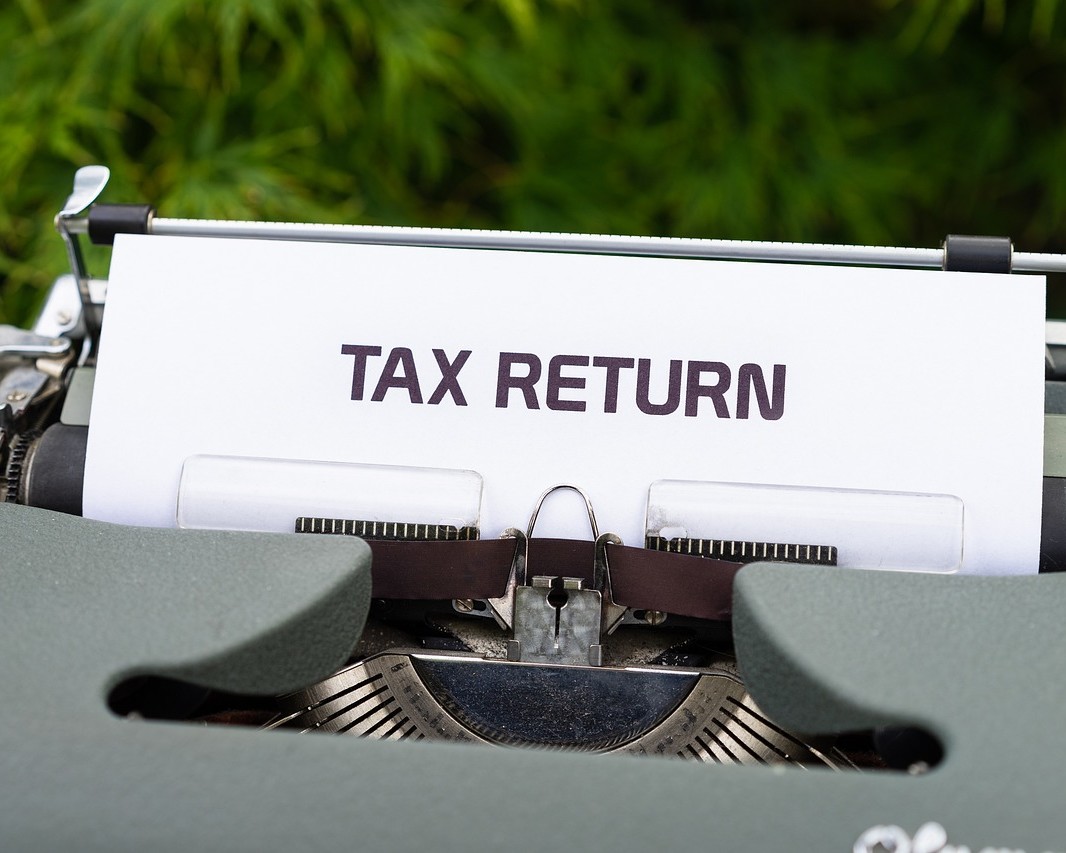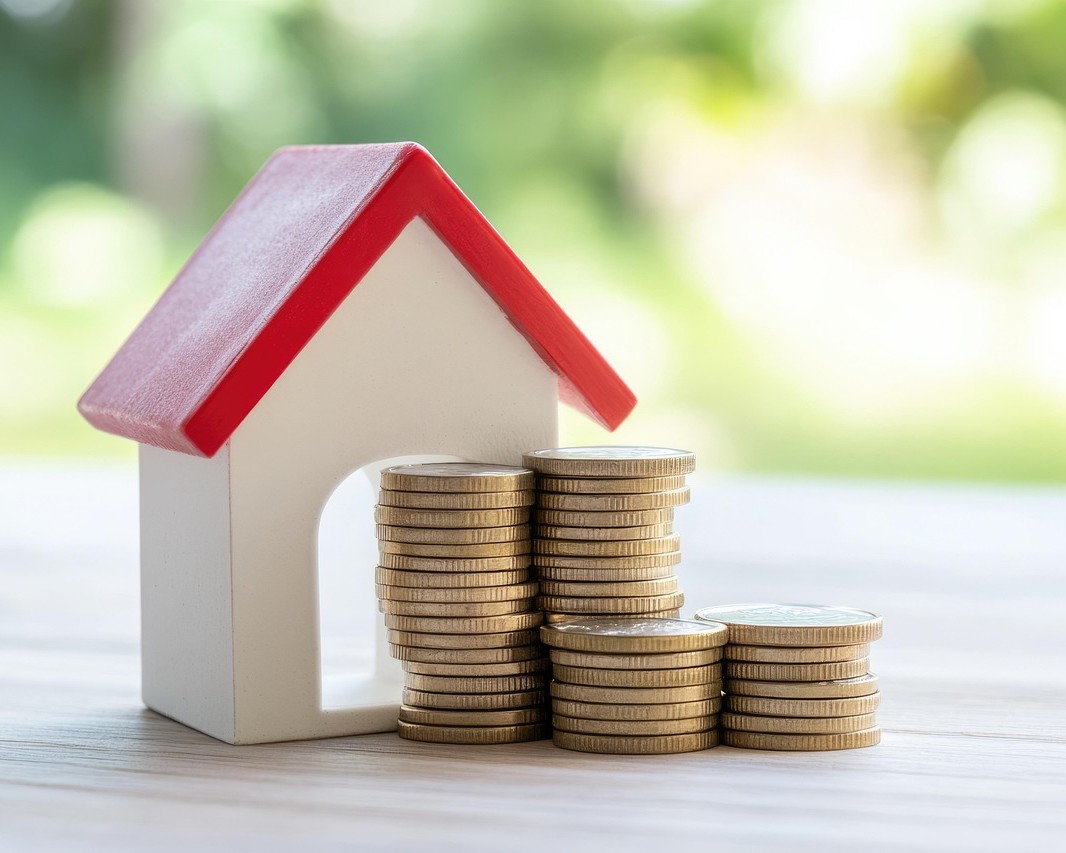Rising Interest Rates
Interest rates have been the focus of attention for many investors who have used leverage to purchase residential property. Rates have risen for the 12th time in a row rising to the highest level we have seen in 15 years.
Inflationary pressure
The rising of interest rates due to inflation rates remaining stubbornly higher than anticipated. Base rate has risen from 0.1% in December 2021 to the current level of 4.5%. It now looks like rates may even need to rise further and could remain higher for longer in order to get a grip on inflation.
In the most recent figures from the Office for National Statistics (ONS) inflation has fallen below double digits to 8.7%. At first glance this is good news but like most things the devil is in the detail, it is the spike up in core inflation – a measure of price excluding volatile energy, food, alcohol and tobacco prices – that is most concerning. At 6.8% this is now at the highest level for 31 years, and is the measure most watched by central banks such as the Bank of England.
The International Monetary Fund recently cautioned against “premature celebrations” that current sky-high inflation rates have been bought under control and said it could “re-emerge or plateau at an elevated rate”. In some slightly better news, it did forecast that the UK will avoid a recession this year with a tiny growth of 0.4% as opposed to a 0.3% contraction predicted in April.
Markets are now pricing in further interest rate rise is a certainty. The jump in core inflation will add pressure on the Bank of England (BOE) to increase base rate to 4.75% in June. The Bank is worried that the surge in inflation might lead to a lasting upward shift in wage demands and businesses’ pricing strategies, exacerbated by a post-pandemic cut in Britain’s labour force and problems caused by Brexit.
How do interest rates impact on investing?
Although most investors will understand why interest rates are important and how they can impact on investing into residential property its perhaps a good idea to examine the reasons in a little more detail.
- Mortgage Payments: many Property investors rely on loans to finance their real estate purchases. The interest rate on these loans determines the cost of borrowing and affects the monthly mortgage payments. Lower interest rates result in lower mortgage payments, increasing cash flow and potential profitability for investors.
- Affordability: Interest rates influence the affordability of real estate for both investors and homebuyers. When interest rates are low, property prices become more accessible as the cost of borrowing decreases. This can lead to increased demand for properties, driving up prices and potentially benefiting investors through capital appreciation.
- Return on Investment (ROI): Property investors aim to generate positive returns on their investments. The interest rate affects the overall ROI by impacting the financing costs. Lower interest rates reduce borrowing costs, potentially enhancing the profitability of a property investment.
- Refinancing Opportunities: Interest rates also influence the attractiveness of refinancing options for property investors. When interest rates drop, investors may have the opportunity to refinance their existing loans at lower rates, reducing their mortgage payments and increasing cash flow. This can free up capital for further investments or improve the financial stability of existing properties.
- Market Dynamics: Interest rates have a significant impact on the overall real estate market. When rates are low, it can stimulate demand for properties, leading to increased competition among investors. This heightened demand can potentially drive property prices higher, benefiting those who already own real estate.
- Risk Management: Interest rates affect the risk profile of property investments. When interest rates rise, borrowing costs increase, potentially reducing cash flow and profitability. Higher rates can also make it more challenging for potential buyers to afford properties, which may slow down the demand and adversely affect property values.
It is, thus, critically important for property investors to closely monitor interest rate trends and assess how changes in rates can affect their investment strategies, cash flow projections, and overall profitability. They should also seek professional advice to ensure they are on the best possible rates the market can offer.
Some positives for investors
While it’s true that higher interest rates can make borrowing more expensive, leading to increased mortgage costs, there are also some positives for investors.
- Mortgage Affordability: Higher interest rates can raise the monthly mortgage payments for potential homebuyers. This increase in borrowing costs might make it more challenging for some individuals to qualify for a mortgage or afford the monthly payments, potentially leading them to choose renting instead.
- Housing Demand and Prices: As more people opt to rent due to affordability concerns, the demand for rental properties may increase. This increased demand could potentially drive up rental prices, making renting less attractive compared to buying a home.
Rental market is counter cyclical
The effect is the rented sector tends to be counter cyclical to the sales market as it is more resilient with activity falling less severely and rebounding more quickly after financial and economic shock than seen in the sales sector. In times of economic volatility people tend to prefer to rent rather than buy homes and the result is rental demand can actually increase.
Supply and demand
At the same time actual supply of stock does not tend to increase which has the effect of keeping rental inflation in positive figures. Rightmove report the gap between supply and demand has narrowed slightly compared to last year, however it remains at close to record levels with the number of tenants enquiring greatly outweighing the homes available to rent. Competition between tenants has eased by 2% compared with last year, but it is still more than double (+173%) the level it was back in 2019. Tenant demand is 4% higher than this time last year, and 48% higher than 2019.
Rental inflation continues
The ongoing supply demand imbalance continues to drive rental inflation. Most recent figures from Rightmove show asking rents outside of London have risen for the 13th consecutive quarter to another record high of £1,190 PCM. In Scotland the average rent for new tenancies now stands at £957 which is a 12.3% year on year increase.
Market Outlook
I expect Scottish rental market to remain resilient and pressure on rents to remain high certainly for the short to medium term with the expectation that rents will continue to rise. But there are increasing questions around changes to the wider economic picture which will impact on affordability and which may well result in a slowdown in rental inflation.
Are you looking to rent out a property? We offer a comprehensive property management service and are an award-winning letting agent. Contact us today and see how we can help you.




